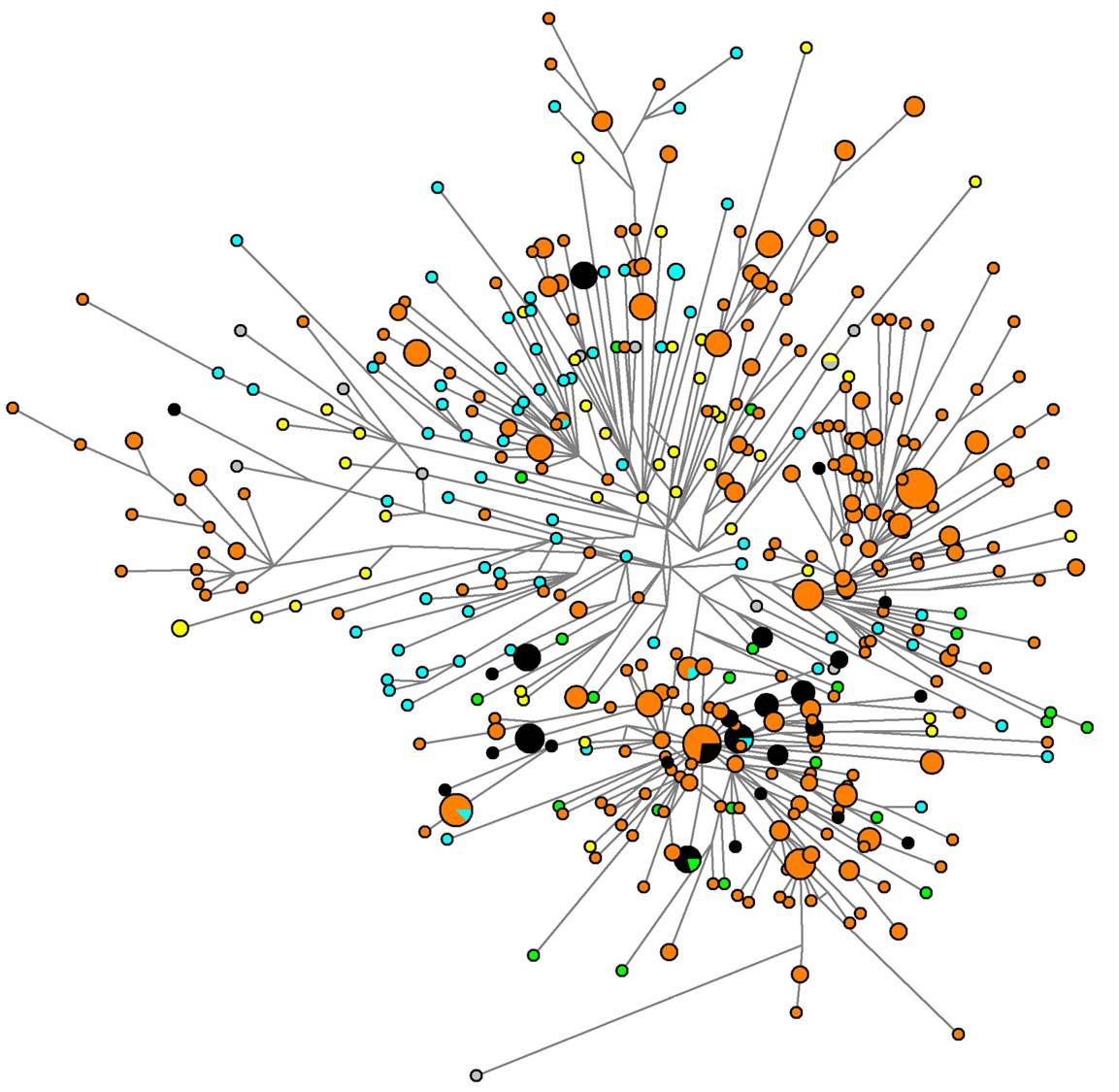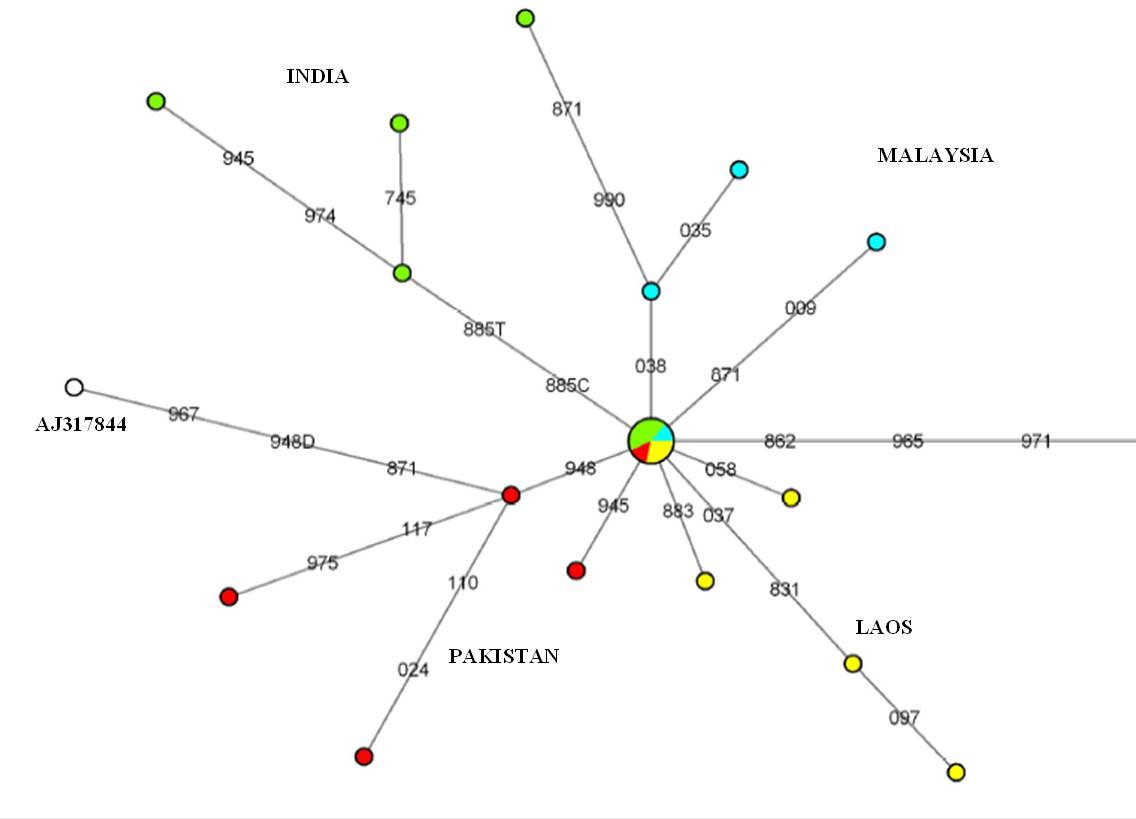Genetic analysis of animal domestication
For thousands of years, all people across the world lived as hunter-gatherers. Then, at the end of the Pleistocene, an era of increasingly unpredictable climate and rising demographic pressures, a major change occurred in human culture: the emergence of agriculture and the domestication of animals and plants. Ever since that time, domesticates have fulfilled a vital economic and cultural role in many human civilisations.
A collaborative research effort that integrates genetics and archaeology has vastly expanded our ability not only to detect the context, locations and timing of initial domestication events but also to trace the migratory trajectories used by humans to spread domesticated animals and plants worldwide. Data from molecular studies have huge importance for the management and conservation of animal and plant genetic resources, particularly when agricultural diversity is being lost in the face of increasing pressures from modern farming. However, several questions still remain concerning the genetic composition of domesticated breeds throughout many world regions. The genetic changes accompanying domestication and breed development are also largely unknown.
Our research focus on the first livestock species to be domesticated: goats (Capra hircus) and sheep (Ovis aries). Our aim is to decipher the origin and subsequent movements of animal pastoralism in different world regions, with emphasis on Southern Europe and Northern Africa. We use data from mitochondrial DNA (mtDNA), Y chromosome and insertionally polymorphic endogenous retroviruses (ERVs) for the investigation of biodiversity, and the characterization of animal genetic resources.
Selected publications:
Pereira F, Amorim A.
Origin and spread of goat pastoralism.
ENCYCLOPEDIA OF LIFE SCIENCES 2010, John Wiley & Sons, Ltd: Chichester (September 2010)
Pereira F, Queirós S, Gusmão L, Nijman IJ, Cuppen E, Lenstra JA, the Econogene Consortium, Davis SJM, Nejmeddine F, Amorim A.
Tracing the history of goat pastoralism: new clues from mitochondrial and Y chromosome DNA in North Africa.
Molecular Biology and Evolution. 2009. 26:2765-73.
Chessa B, Pereira F, Arnaud F, Amorim A, Goyache F, Mainland I, Kao RR, Pemberton JM, Beraldi D, Stear M, Alberti A, Pittau M, Iannuzzi L, Banabazi MH, Kazwala R, Zhang Y-P, Arranz JJ, Ali BA, Wang Z, Uzun M, Dione M, Olsaker I, Holm L-E, Saarma U, Ahmad S, Marzanov N, Eythorsdottir E, Holland MJ, Ajmone-Marsan P, Bruford MW, Kantanen J, Spencer TE and Palmarini M.
Revealing the history of sheep domestication using retrovirus integrations.
Science. 2009. 324:532-536.
Pereira F, Carneiro J, Soares P, Maciel S, Nejmeddine F, Lenstra JA, Gusmão L, Amorim A.
A multiplex primer extension assay for the rapid identification of paternal lineages in domestic goat (Capra hircus): laying the foundations for a detailed caprine Y chromosome phylogeny.
Molecular Phylogenetics and Evolution. 2008. 49:663-668.
Pereira F, Davis S, Pereira L, McEvoy B, Bradley DG, Amorim A.
Genetic signatures of a Mediterranean influence in Iberian peninsula sheep husbandry.
Molecular Biology and Evolution. 2006. 23(7):1420–6.
Pereira F, Pereira L, Van Asch B, Bradley DG, Amorim A.
The mtDNA catalogue of all Portuguese autochthonous goat (Capra hircus) breeds: high diversity of female lineages at the western fringe of European distribution.
Molecular Ecology. 2005 14:2313-2318.


